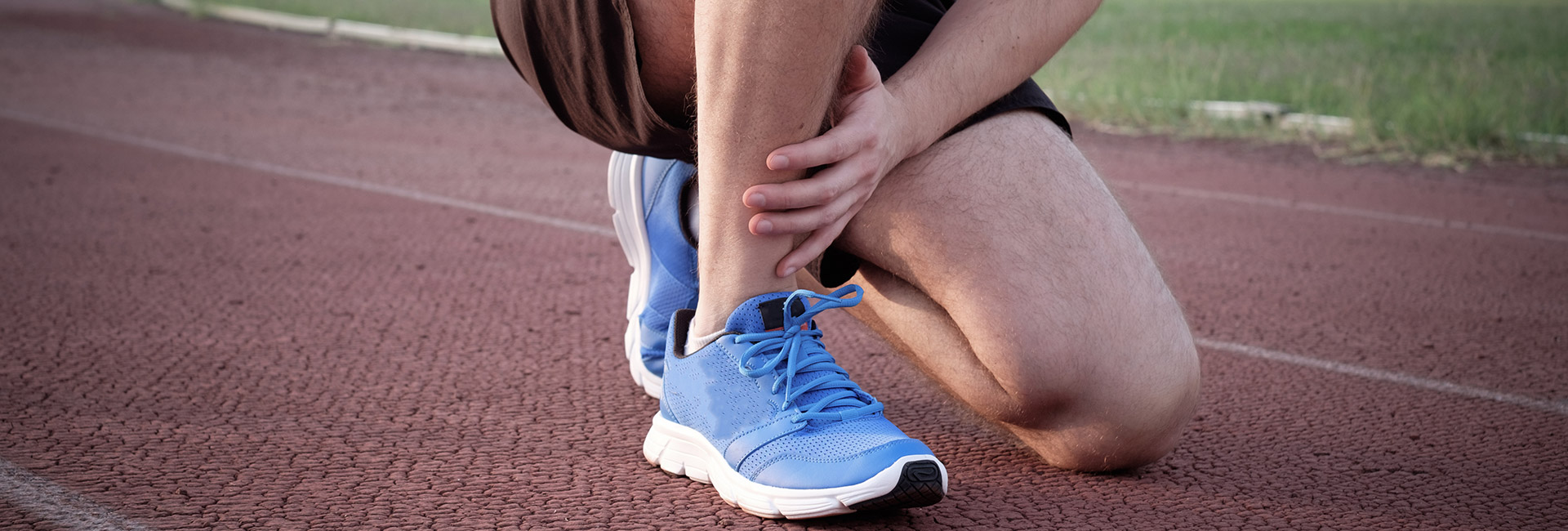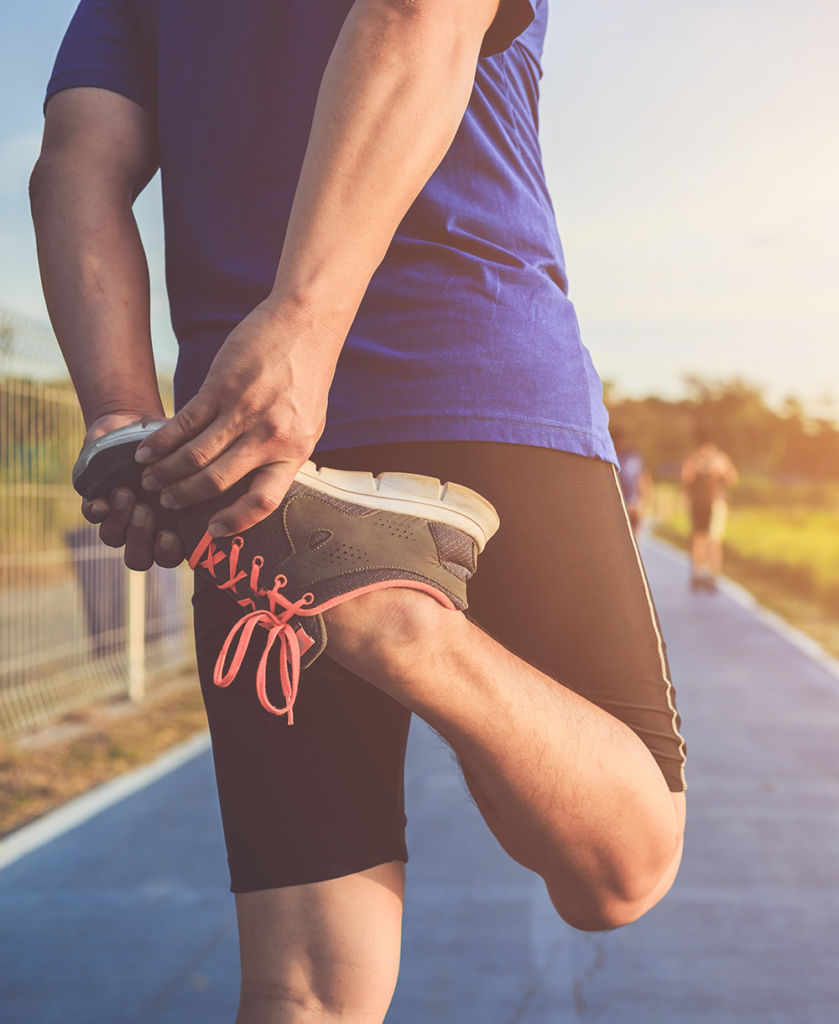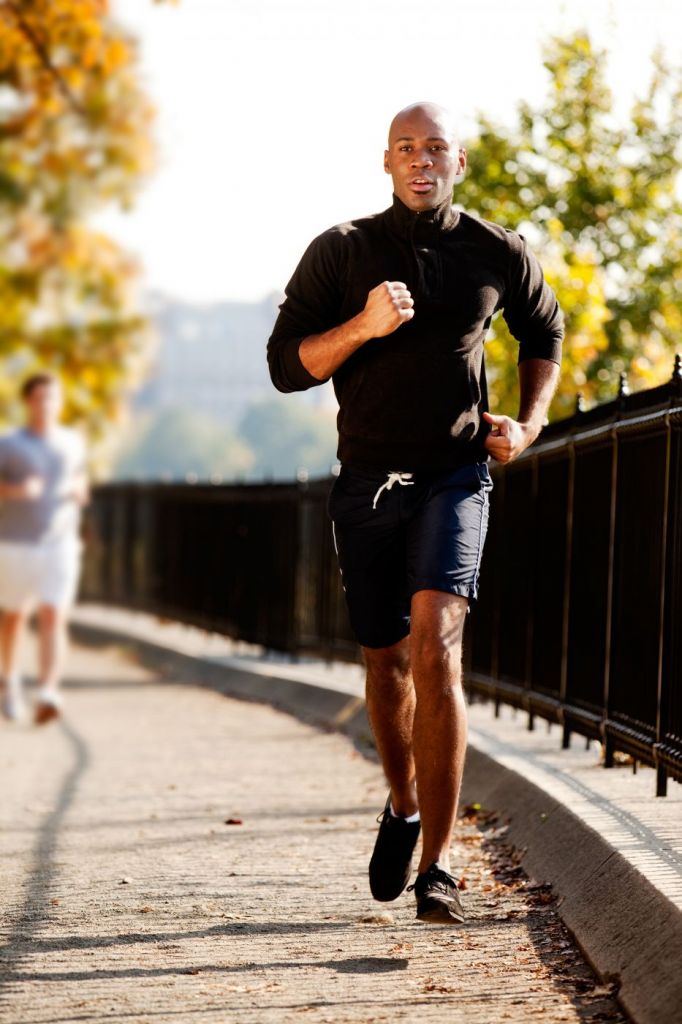As spring quickly descends on Central Oregon and throughout the Pacific NW, many of us are putting up our skis and snowboards, packing away our boots and snowshoes, and dusting off our running shoes as the streets and trails dry out.
Though unprepared runners do bring us steady business, we would like to do our part to help you avoid seeing us in the rehab setting. While injuries are common for runners, most can be prevented by following this “prehab” advice. Running has great health benefits, so if you’re starting a running program, it’s important to take steps to prevent running injuries that could end your running season just as it’s getting started.
Law 1: Increase Mileage Gradually
Once your body is adjusted to running a certain distance and you’re ready to add more miles to your run, limit the increase to no more than 10 to 20 percent a week.
Law 2: Increase Intensity Gradually
Intense workouts (hills, intervals, tempo runs) should make up no more than 20 percent of your training. Never add more than one of these elements to your training at a time.
Law 3: Increase Mileage Before Speed
By building a base of solid mileage at a slower, steady speed, you prepare your body to handle the stresses of faster workouts to come.
Law 4: Alternate Hard Efforts with “Rest”
Studies have shown that the number of consecutive training days directly correlates to the incidence of injury. Be sure to schedule “rest” days to allow your body to recover, which ultimately will make you a stronger runner. “Rest” days don’t dictate lying on the couch all day, but could mean a mellow walk, yoga session, dynamic stretching or a light weight-training workout.

Law 5: Pay Attention to Early Warning Signs
Your body generally will send warning signals before an injury manifests itself fully. Running through pain is not a good idea — listen to your body and reach out to your physical therapist as soon as you suspect an injury. Studies show the sooner an injury is treated, the quicker and often better the recovery. Direct access grants you the right to seek PT care at the provider of your choice without a doctor’s referral.
Law 6: Wear the Right Running Shoes
The right shoe for your foot type will minimize your biomechanical abnormalities whereas the wrong shoe can exacerbate injuries from such problems. Talk to your physical therapist about your foot type and gait, then spend the extra money to be fit by a knowledgeable shoe fitter/retailer.
Law 7: Mix It Up with Cross-Training
Consider biking, swimming, elliptical trainer, stair master, hiking, walking, yoga etc. on alternating training days.
Law 8: Increase Your Flexibility and Strength
Consider dynamic stretching (holding stretches 1-3 seconds for 5-10 reps) prior to running and static stretching (holding stretches 20-30 seconds for 2-3 reps) afterwards. Strength training for runners should include a full-body workout with a focus on the lower body and core muscles and include balance activities. Add a strength element to your running program 2 to 3 times per week and flexibility work daily including stretching, yoga, and foam rolling.

Law 9: Vary Your Workouts and Terrain
Too much of one thing is not a wise running plan (ie: running hills everyday will likely put a quick end to your training). Consider keeping training notes in a journal regarding what terrain, distance, training intensity, shoes, etc. each run encompassed, which if you find yourself injured may help identify what led to your symptoms.
Law 10: Fuel Properly
What you eat, and drink can affect your injury risk, especially as you’re building a running program. Make sure your diet includes protein for muscle repair, calcium to support bone density, and plenty of water to stay hydrated and decrease you risk of strains and tears.
Running is a convenient form of exercise and can be a good way to increase cardiovascular health and bone density. However, it can also lead to numerous injuries if you are not careful. Take the above advice and try to avoid us if you can. But if you find yourself dealing with nagging pain or an acute injury, we are happy to help you return to action. As musculoskeletal experts, we can determine what’s causing your condition and work with you to create an individualized plan for treatment and recovery as well as helping you to avoid the problem in the future.
Are you ready for running season?
If you’re ready to hit the beautiful trails throughout Bend and the surrounding area, be sure to approach the running season slowly. If you have any questions about how to avoid running injuries while increasing your performance, whether you’re aiming for longer distance or faster speeds, we can help. Our passion is to help everyone reach their goals.



